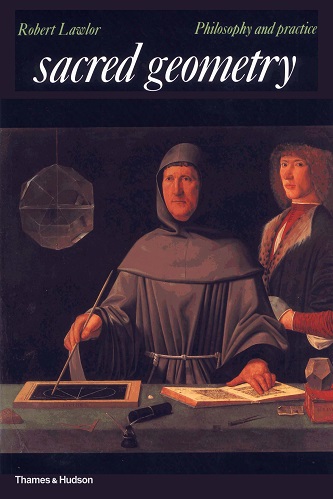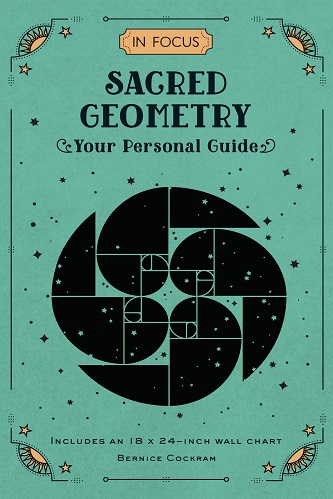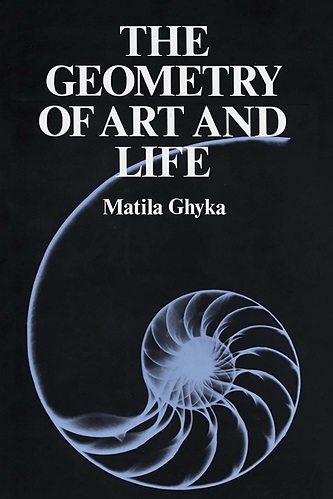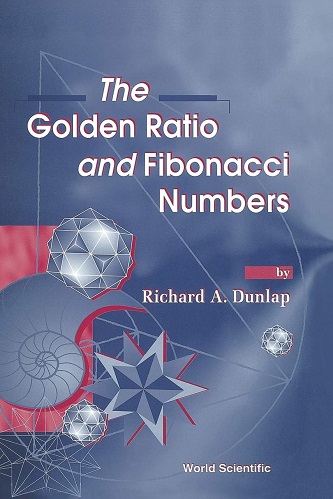Sacred Geometry: Philosophy & Practice
17.85 $
| Author(s) |
Robert Lawlor |
|---|---|
| Format |
|
| Pages |
114 |
| Published Date |
1982 |
The thinkers of ancient Egypt, Greece and India recognized that numbers governed much of what they saw in their world and hence provided an approach to its divine creator. Robert Lawlor sets out the system that determines the dimension and the form of both man-made and natural structures, from Gothic cathedrals to flowers, from music to the human body. By also involving the reader in practical experiments, he leads with ease from simple principles to a grasp of the logarithmic spiral, the Golden Proportion, the squaring of the circle and other ubiquitous ratios and proportions.
Introduction:
In science today we are witnessing a general shift away from the assumption that the fundamental nature of matter can be considered from the point of view of substance (particles, quanta) to the concept that the fundamental nature of the material world is knowable only through its underlying patterns of wave forms. Both our organs of perception and the phenomenal world we perceive seem to be best understood as systems of pure pattern, or as geometric structures of form and proportion. Therefore, when many ancient cultures chose to examine reality through the metaphors of geometry and music (music being the study of the proportional laws of sound frequency), they were already very close to the position of our most contemporary science.
Professor Amstutz of the Mineralogical Institute at the University of Heidelberg recently said :
Matter’s latticed waves are spaced at intervals corresponding to the frets on a harp or guitar with analogous sequences of overtones arising from each fundamental. The science of musical harmony is in these terms practically identical with the science of symmetry in crystals.
The point of view of modern force-field theory and wave mechanics corresponds to the ancient geometric-harmonic vision of universal order as being an interwoven configuration of wave patterns. Bertrand Russell, who began to see the profound value of the musical and geometric base to what we now call Pythagorean mathematics and number theory, also supported this view in The Analysis of Matter: ‘What we perceive as various qualities of matter,’ he said, ‘are actually differences in periodicity.’
In biology, the fundamental role of geometry and proportion becomes even more evident when we consider that moment by moment, year by year, aeon by aeon, every atom of every molecule of both living and inorganic substance is being changed and replaced. Every one of us within the next five to seven years will have a completely new body, down to the very last atom. Amid this constancy ofchange, where can we find the basis for all that which appears to be consistent and stable? Biologically we may look to our ideas of genetic coding as the vehicle of replication and continuity, but this coding does not lie in the particular atoms (or carbon, hydrogen, oxygen and nitrogen) of which the gene substance, DNA, is composed; these are all also subject to continual change and replacement. Thus the carrier of continuity is not only the molecular composition of the DNA, but also its helix form. This form is responsible for the replicating power of the DNA. The helix, which is a special type from the group of regular spirals, results from sets of fixed geometric proportions, as we shall see in detail later on. These proportions can be understood to exist apriori, without any material counterpart, as abstract, geometric relationships. The architecture of bodily existence is determined by an invisible, immaterial world of pure form and geometry.
Modern biology increasingly recognizes the importance of the form and the bonding relationships of the few substances which comprise the molecular body of living organisms. Plants, for example, can carry out the process of photosynthesis only because the carbon, hydrogen, nitrogen and magnesium of the chlorophyll molecule are arranged in a complex twelvefold symmetrical pattern, rather like that of a daisy. It seems that the same constituents in any other arrangement cannot transform the radiant energy of light into life substance. In mythological thought, twelve most often occurs as the number of the universal mother of life, and so this twelvefold symbol is precise even to the molecular level.
The specialization of cells in the body’s tissue is determined in part by the spatial position of each cell in relation to other cells in its region, as well as by an informational image of the totality to which it belongs. This spatial awareness on a cellular level may be thought of as the innate geometry of life.
All our sense organs function in response to the geometrical or proportional – not quantitative – differences inherent in the stimuli they receive. For example, when we smell a rose we are not responding to the chemical substances of its perfume, but instead to the geometry of their molecular construction. That is to say, any chemical substance that is bonded together in the same geometry as that of the rose will smell as sweet. Similarly, we do not hear simple quantitative differences in sound wave frequencies, but rather the logarithmic, proportional differences between frequencies, logarithmic expansion being the basis of the geometry of spirals.
Our visual sense differs from our sense of touch only because the nerves of the retina are not tuned to the same range of frequencies as are the nerves embedded in our skin. If our tactile or haptic sensibilities were responsive to the same frequencies as our eyes, then all material objects would be perceived to be as ethereal as projections of light and shadow. Our different perceptual faculties such as sight, hearing, touch and smell are a result then of various proportioned reductions of one vast spectrum of vibratory frequencies. We can understand these proportional relationships as a sort of geometry of perception.
With our bodily organization into five or more separate perceptual thresholds, there is seemingly little in common between visual space, auditory space and space, and there seems to be even less connection between these physiological spaces and pure, abstract metric or geometric space, not to mention here the differing awareness of phychological space. Yet all these modes of spatial being converge in the human mind-body. Within the human consciousness is the unique ability to perceive the transparency between absolute, permanent relationships, contained in the insubstantial forms of a geometric order, and the transitory, changing forms of our actual world. The content of our experience results from an immaterial, abstract, geometric architecture which is composed of harmonic waves of energy, nodes of relationality, melodic forms springing forth from the eternal realm of geometric proportion.
Contents:
- The Practice of Geometry
- Sacred Geometry : Metaphor of Universal Order
- The Primal Act: The Division of Unity
- Alternation
- Proportiorl andthe Golden Section
- Gnomonic Expan~iona nd the Creation of Spirals
- The Squaring of the Circle
- Mediation : Geometry becomes Music
- Anthropos
- The Genesis of Cosmic Volumes
- Bibliography
- Sources of Illustrations
Sacred Geometry: Philosophy & Practice By Robert Lawlor pdf




Reviews
Clear filtersThere are no reviews yet.